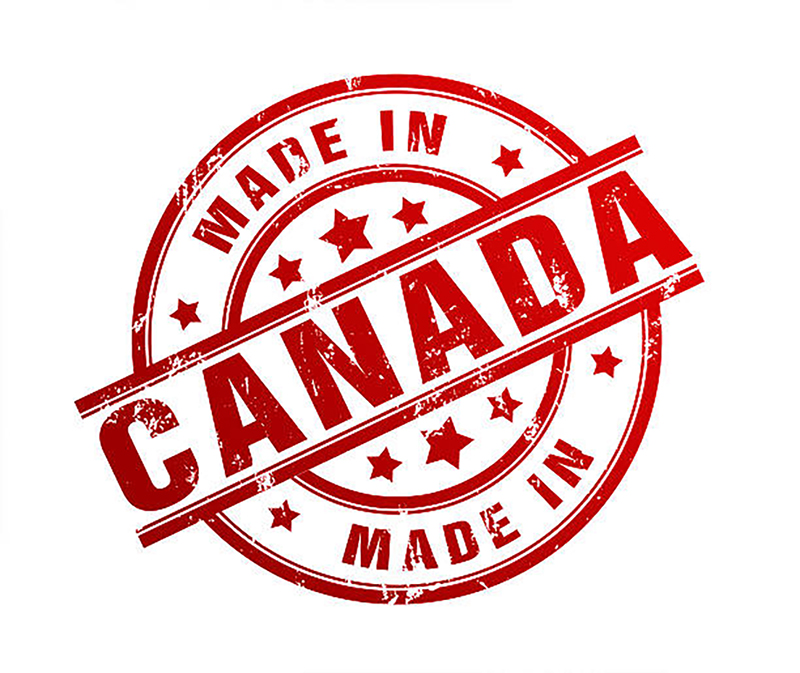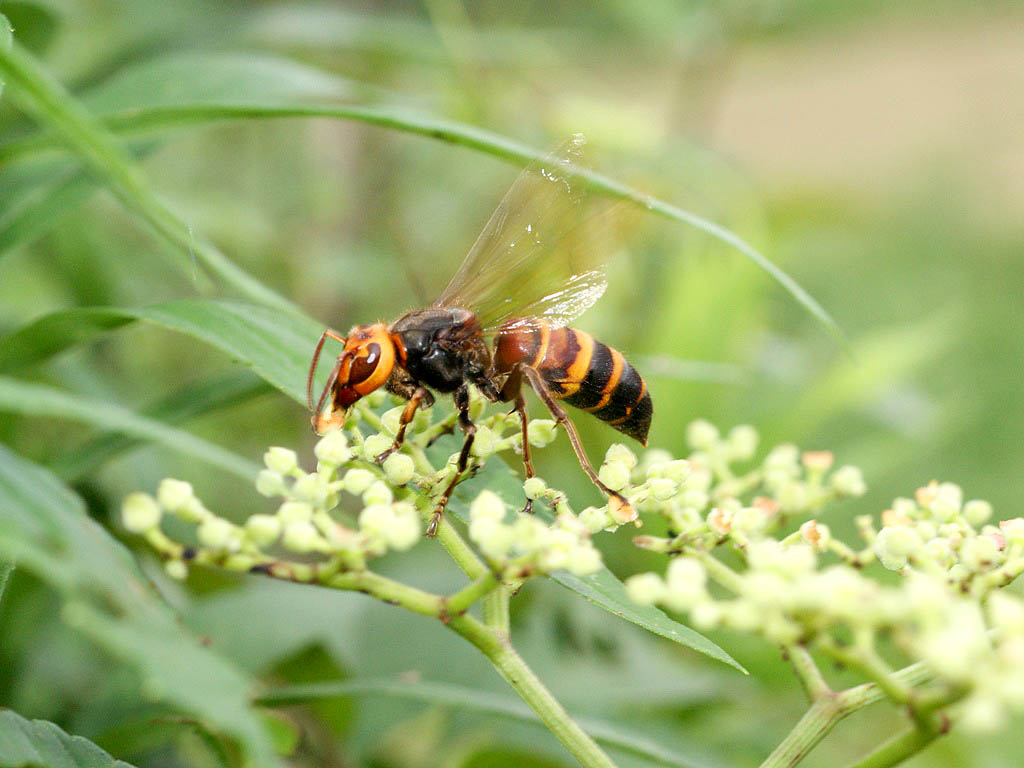Should foods made with 15% imported ingredients qualify as products of Canada?
The Canadian Food Inspection Agency launched a consultation this week to find out.
Right now, only products made with 98% domestic ingredients can qualify for the “Product of Canada” designation. All other products must bear the qualifier, “Made in Canada from domestic and imported ingredients” or “Made in Canada from imported ingredients.”
But if the public is in favour of an 85% threshold for Canadian ingredients, then juice made in Canada solely from imported fruit would say “Made in Canada.” However, producers would have the option of identifying the origin of specific ingredients.
“Consumers have told the government that they want to be able to better identify Canadian foods,” CFIA explains in its rationale for the consultation. “Many want to purchase food products that are made and processed using Canadian standards, while some want assurance that a significant amount of the product contains Canadian ingredients.”
The consultation follows a CFIA decision to revise the formula for honey grades to avoid confusion over the origin of imported product. It also happens as rumours swirl among consumers regarding Canadian content in dairy products, especially milk.
Under the proposed guidelines, milk imported and processed in Canada could be labelled “Made in Canada” with no reference to its country of origin. Alternatively, cartons 85% filled with milk from Canadian farms could be combined with imported product and labelled “Product of Canada.”
The consultation runs through June 23. Changes made as a result of the consultation will support a $25-million Buy Canadian promotional campaign promised as part of the federal government’s Food Policy for Canada initiative.


 Hog farm won’t face charges
Hog farm won’t face charges